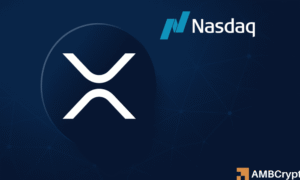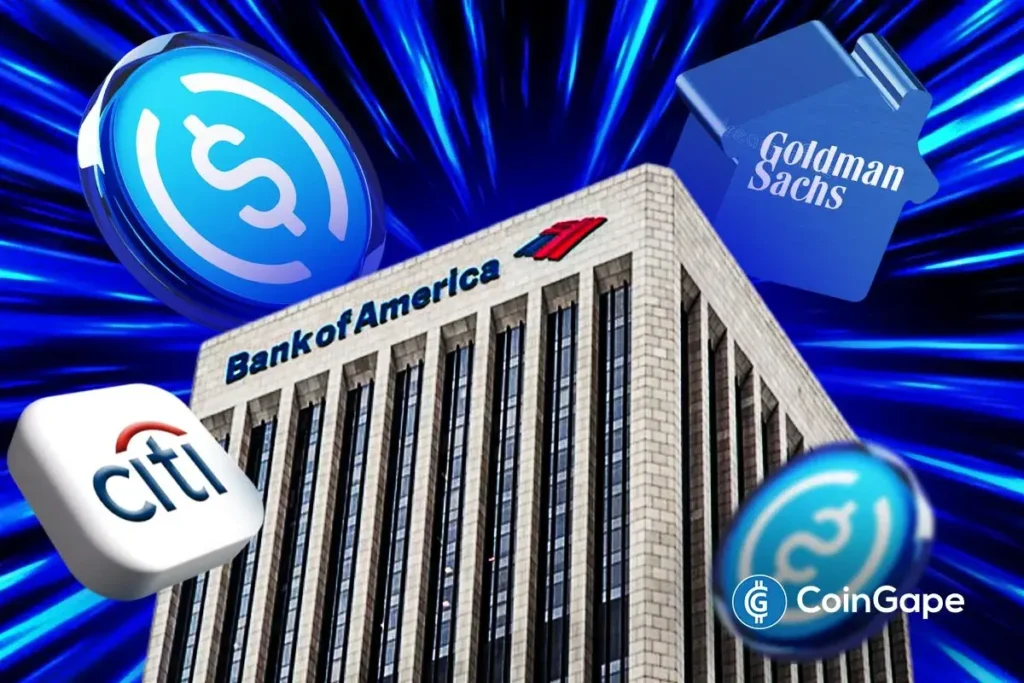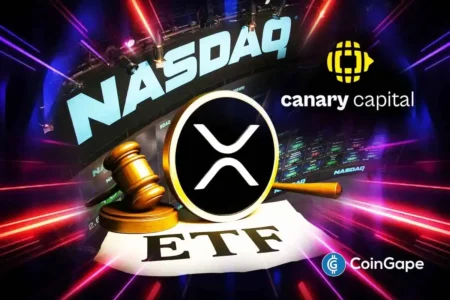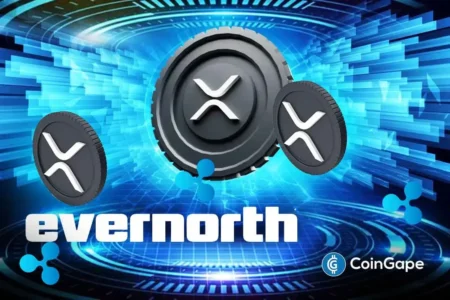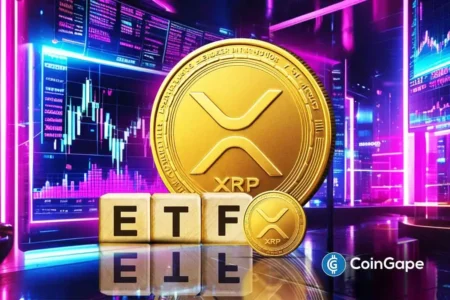The Rise of Bank-Issued Stablecoins: A New Era in Digital Currency
In the evolving landscape of finance, a coalition of leading global banks is embarking on an ambitious initiative to create a new stablecoin linked to G7 currencies. This notable collaboration involves financial giants like Bank of America, Citi, Deutsche Bank, Goldman Sachs, and others, delving into blockchain-based assets in what marks one of the most significant moves by traditional banks toward cryptocurrency adoption. By targeting stability and compliance in the volatile crypto market, these institutions aim to redefine how we perceive digital currencies.
Blockchain and Traditional Banking: A New Synergy
As demand for stablecoins continues to surge, these banks are not only responding to market shifts but are also recognizing the potential of blockchain technology to enhance their operational efficiency. This initiative aligns with a broader strategy by banks to innovate and adapt in an increasingly crypto-friendly environment. With global payments becoming more competitive, the banks are eager to explore how blockchain solutions can streamline transactions and offer compliance with existing regulations, ensuring that risk management is prioritized.
Regulatory Compliance and Risk Management
One key aspect of this initiative is the commitment to uphold stringent regulatory frameworks. The banks have made it clear that any stablecoin developed will be fully compliant with current regulations, which is essential in reassuring both consumers and regulatory bodies. The focus on risk management isn’t just a formality; it addresses the historical complexities and challenges surrounding cryptocurrencies, aiming to provide a reliable and secure alternative for digital transactions. This dedication to compliance is set against the backdrop of recent U.S. policy developments that advocate for a structured approach to digital assets.
A Response to Trump’s Pro-Crypto Policies
The renewed interest in digital assets can be partly attributed to the proactive stance taken by the Trump administration toward cryptocurrencies. As banks shake off their previous hesitations, they are now embracing blockchain technologies, demonstrating a newfound confidence that stablecoins can coexist alongside traditional fiat currencies. This paradigm shift shows that financial institutions are ready to integrate innovative technologies into their business models, even as they work within the established regulatory frameworks.
Competition in the Stablecoin Landscape
Currently, Tether maintains a significant hold on the stablecoin market, controlling around one-third of it with $179 billion in circulation. However, the introduction of bank-issued stablecoins stands to offer a regulated, transparent alternative that may appeal to a broader audience, particularly traditional investors who are attracted to the inherent stability of these assets. As these banking giants move forward with their plans, they not only challenge Tether’s market dominance but also introduce an element of institutional oversight that has been largely absent in the existing landscape of stablecoins.
Future of Stablecoins and Financial Ecosystems
The initiative comes on the heels of a similar project from nine European banks, including notable names like ING and UniCredit, that recently announced their plans to launch a euro-backed stablecoin. Additionally, France’s Société Générale became the first major bank to issue a dollar-backed token, albeit with a modest circulation. As these projects gain momentum, they have the potential to reshape digital finance, offering new methods for moving money that could bridge the gap between traditional banking and cryptocurrencies. With their commitment to transparency and oversight, these bank-issued stablecoins might pave the way for a more stable and regulated digital economy, appealing to both retail and institutional investors in the long run.


